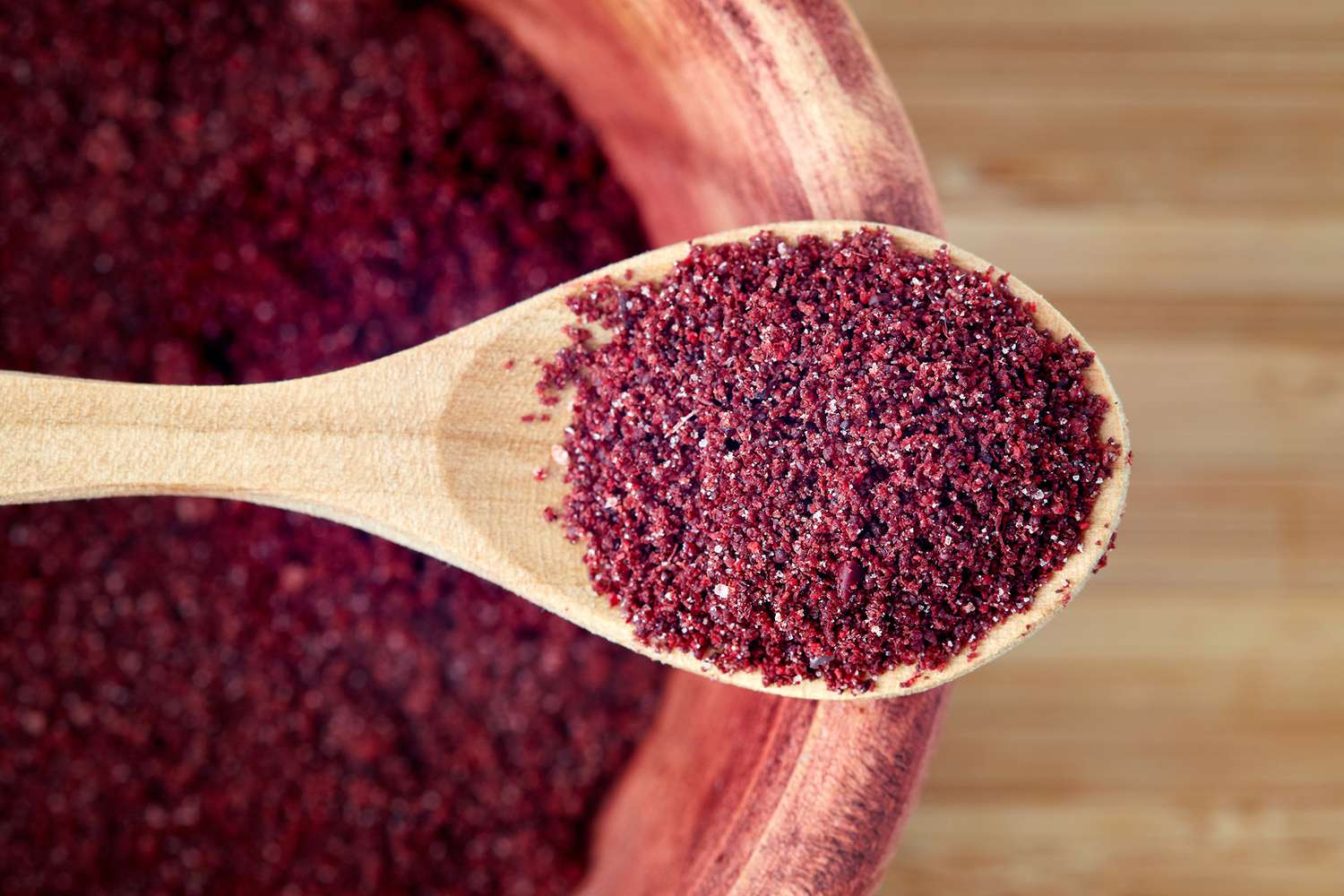I. Introduction: Beyond Salt and Pepper
In the vast and vibrant world of culinary arts, most home cooks and even some seasoned chefs tend to gravitate towards a familiar pantry of spices. Salt, pepper, garlic powder, onion powder, paprika, cumin, and chili powder often form the backbone of our seasoning repertoire. While these staples are undeniably essential and versatile, relying solely on them can lead to a culinary comfort zone that, while safe, might also be limiting. We often find ourselves repeating the same flavor profiles, missing out on a universe of tastes that could elevate our dishes from good to extraordinary.
The true magic of cooking often lies in the subtle nuances and unexpected twists that transform a meal. This is where the power of the unknown, the realm of underrated spices, comes into play. These are the unsung heroes of the spice rack, often overlooked or unfamiliar, yet possessing incredible potential to unlock new dimensions of flavor, aroma, and even texture in your cooking. They can introduce a hint of exoticism, a surprising tang, a smoky depth, or a delicate floral note that completely redefines a dish.
This article embarks on a flavorful journey to uncover a selection of these lesser-known yet incredibly impactful spices. We will delve into their unique flavor profiles, explore their traditional and innovative culinary uses, and provide practical insights into how they can revolutionize your cooking. Prepare to expand your spice horizons and discover how a few pinches of these underrated gems can transform your everyday meals into culinary masterpieces.
II. The Unsung Heroes: A Deep Dive into Underrated Spices
A. Sumac: Tangy and Bright
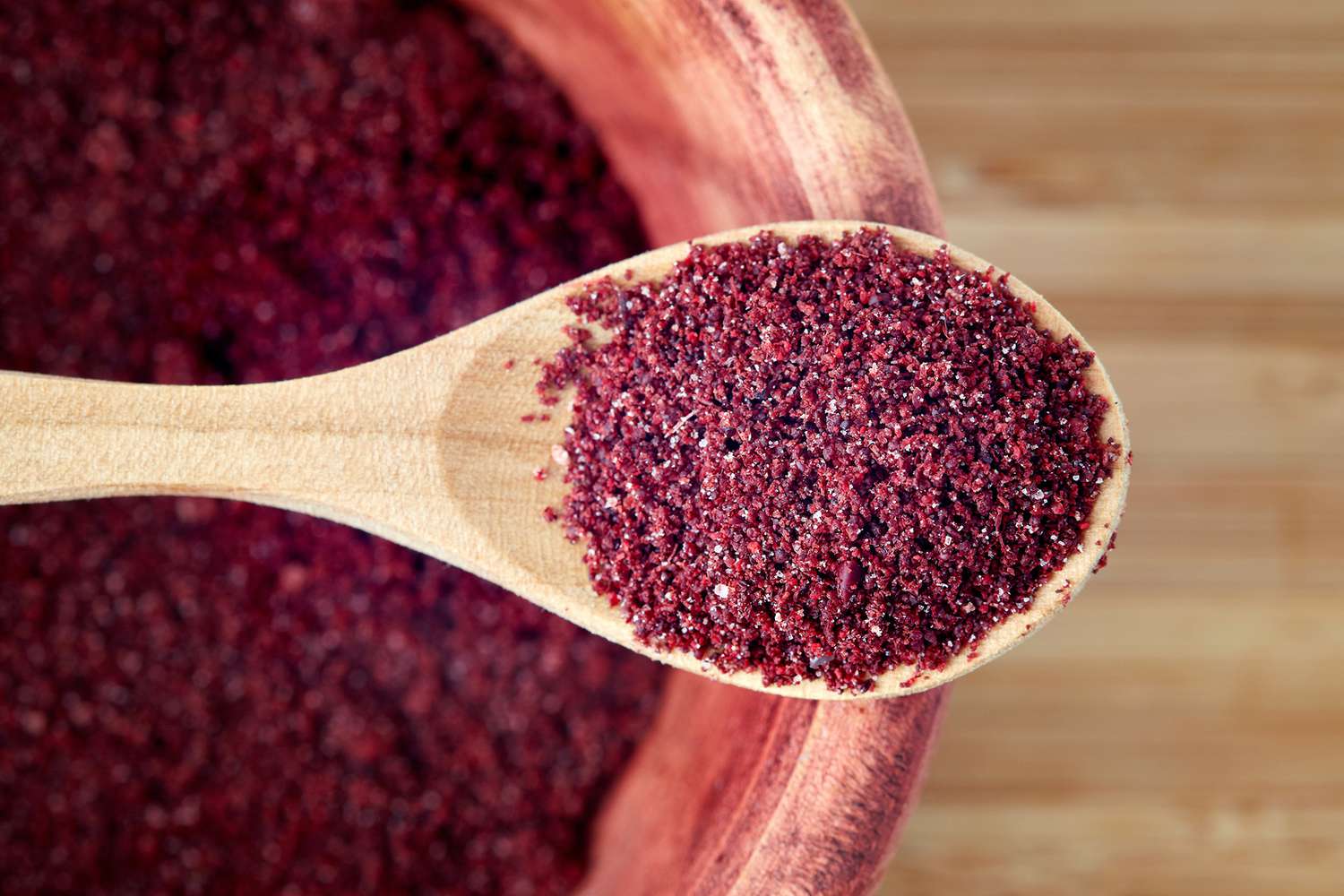
Often recognized by its vibrant reddish-purple hue, sumac is a spice derived from the dried and ground berries of the sumac shrub. Native to the Middle East, this spice offers a distinct tangy and bright flavor profile that can instantly awaken a dish. Unlike the sharp, acidic punch of lemon or vinegar, sumac provides a more nuanced, slightly fruity tartness that is both refreshing and complex. It’s a flavor that dances on the palate, adding a subtle zest without overwhelming other ingredients.
Sumac is a cornerstone of Middle Eastern cuisine, particularly in blends like za’atar, where its tartness balances the earthy thyme and nutty sesame seeds. It’s commonly used as a finishing spice, sprinkled over hummus, salads, grilled meats, and roasted vegetables to add a pop of color and a burst of flavor. Its versatility also extends to rubs for chicken or lamb, where it contributes a unique depth. Consider using sumac as a vibrant alternative to lemon juice or vinegar in dressings and marinades, or even as a colorful garnish for yogurt dips.
B. Grains of Paradise: Peppery with Floral Notes
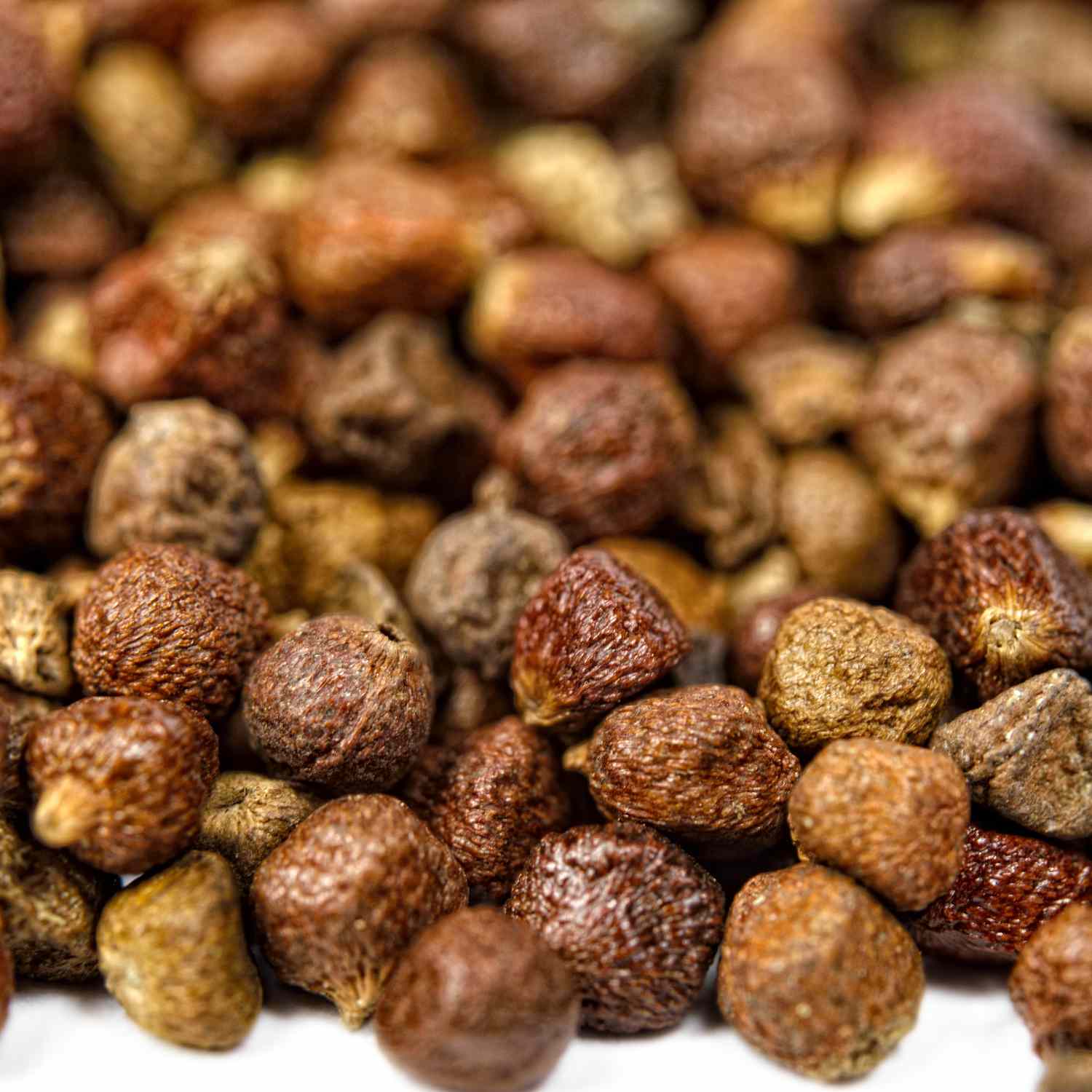
Often mistaken for a type of peppercorn due to its appearance and initial peppery bite, Grains of Paradise (Aframomum melegueta) are actually seeds from a plant in the ginger family. Originating from West Africa, these small, reddish-brown seeds offer a fascinating flavor journey that begins with a sharp, pungent pepperiness and evolves into subtle notes of cardamom, citrus, and ginger. It’s a more aromatic and complex alternative to black pepper, with a delicate floral undertone that sets it apart.
Historically, Grains of Paradise were a prized spice in medieval Europe, used as a substitute for the more expensive black pepper. Today, they are experiencing a resurgence in popularity among chefs and home cooks looking to add a unique twist to their dishes. They can be used whole or freshly ground in a pepper mill, making them an excellent replacement for black pepper in almost any application. Their warm, aromatic qualities make them particularly well-suited for stews, roasted vegetables, and even baked goods like gingerbread or fruit tarts. Try them in rubs for poultry or fish, or infuse them into oils for a fragrant finish.
C. Urfa Biber: Smoky and Sweet Heat
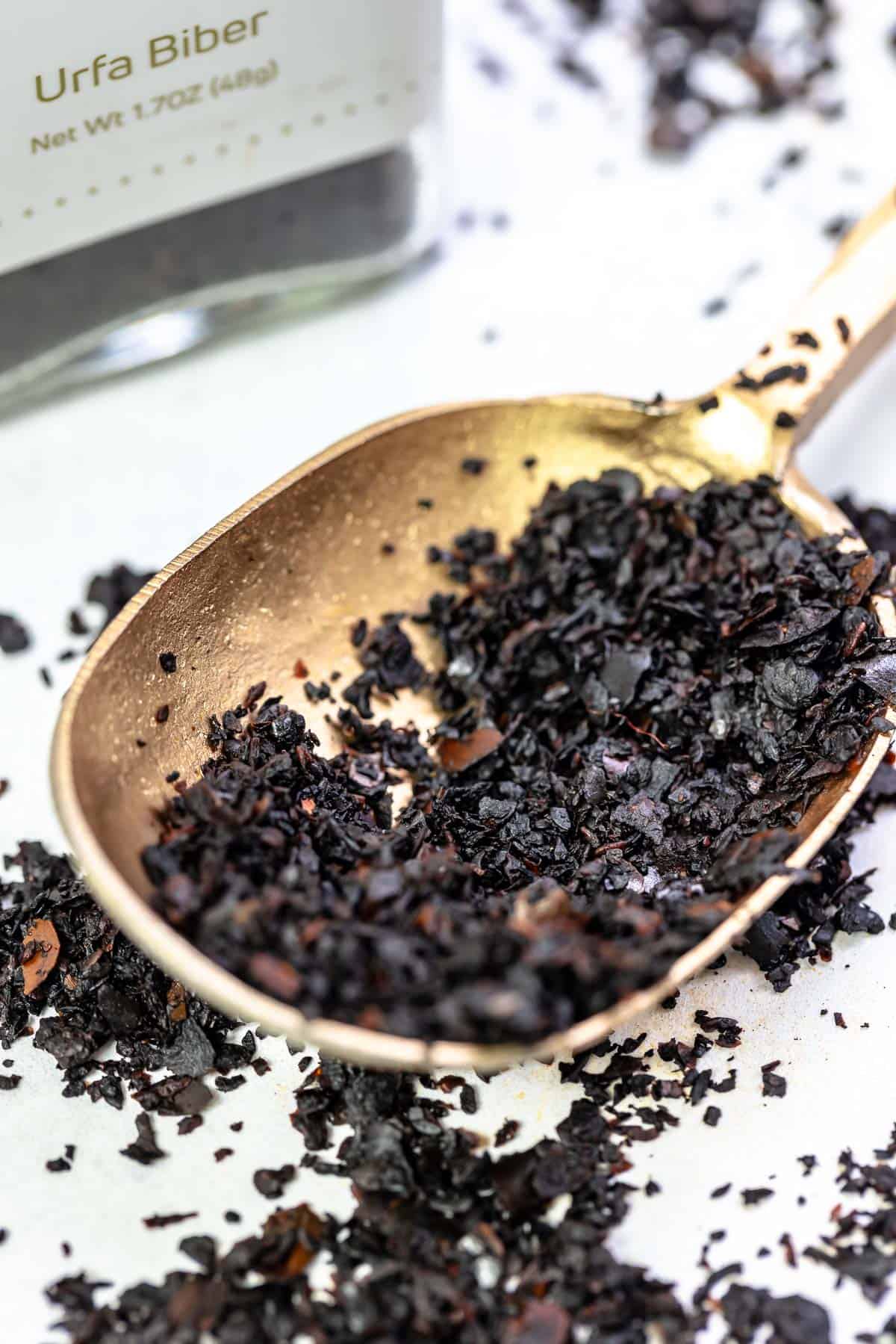
From the southeastern region of Turkey, Urfa Biber is a unique chili flake known for its deep, smoky, and slightly sweet flavor with a mild, lingering heat. Unlike the upfront fire of many chili flakes, Urfa Biber offers a more nuanced warmth that builds slowly, reminiscent of dried fruit or tobacco. The peppers are sun-dried during the day and then tightly wrapped at night to “sweat,” a process that helps to preserve their natural oils and develop their distinctive dark, almost purplish-black color and complex flavor.
Urfa Biber is a staple in Turkish cuisine, where it’s used to season kebabs, stews, and various meat dishes. Its rich, earthy notes make it an excellent addition to chili, lentil soups, and roasted root vegetables. It pairs exceptionally well with eggs, adding a sophisticated depth to omelets or scrambled eggs. Surprisingly, its sweet undertones also make it a fantastic companion for chocolate desserts, where it provides a subtle kick and a layer of intriguing complexity. Sprinkle it over avocado toast, use it in marinades, or even infuse it into olive oil for a flavorful drizzle.
D. Nigella Seeds (Black Cumin): Onion-like and Earthy
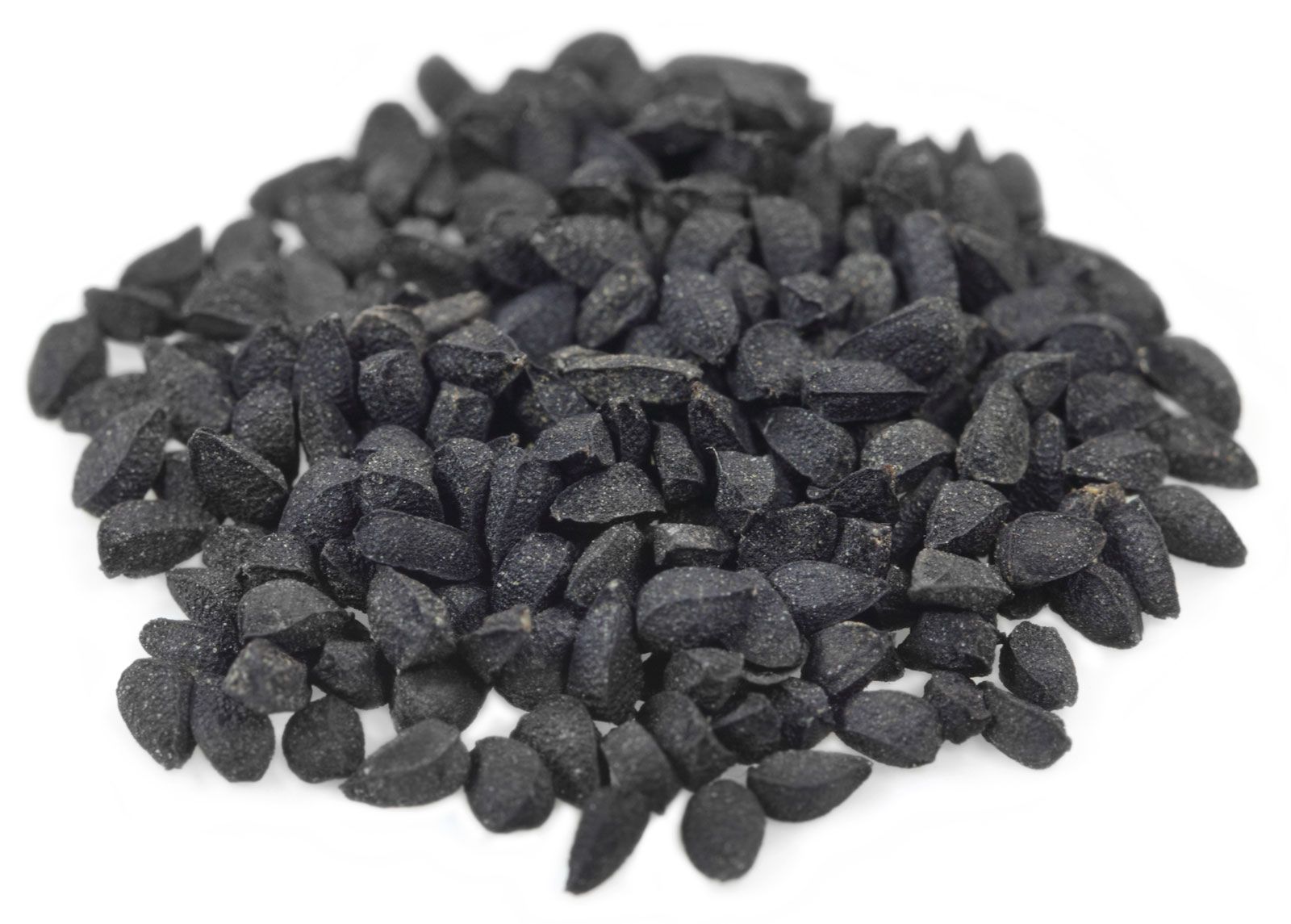
Despite their common moniker, Nigella seeds are not related to cumin, nor are they truly black sesame seeds. These tiny, matte black seeds, often found adorning naan bread and other Indian and Middle Eastern dishes, possess a unique flavor profile that is both pungent and slightly bitter, with distinct notes of onion, oregano, and a hint of smokiness. When lightly toasted, their earthy aroma intensifies, adding a captivating depth to any dish.
Nigella seeds are a staple in Indian and Middle Eastern cooking, particularly in vegetable dishes, curries, and lentil preparations. They are frequently used in tempering (tarka), where whole spices are fried in oil to release their flavors before being added to a dish. Beyond their traditional uses, Nigella seeds can be a delightful addition to scrambled eggs, sprinkled over roasted root vegetables, or incorporated into homemade bread and crackers. Their slightly crunchy texture and bold flavor make them an excellent garnish for salads, yogurt, or even creamy soups, providing both visual appeal and a burst of unexpected taste.
E. Asafoetida (Hing): Pungent Garlic/Onion Substitute

Asafoetida, or Hing, is perhaps one of the most intimidating-sounding spices, and for good reason: in its raw, powdered form, it possesses a strong, sulfuric aroma often likened to pungent garlic or rotting onions. However, this seemingly off-putting scent undergoes a remarkable transformation when cooked. When briefly sautéed in hot oil or ghee, asafoetida mellows into a savory, umami-rich flavor that provides a fantastic aromatic base, especially in Indian vegetarian cooking.
This resinous spice is particularly valued in Jain and Brahmin cuisines, where the consumption of onion and garlic is prohibited. Asafoetida effectively mimics their savory depth, making it an indispensable ingredient for dals, lentil soups, vegetable curries, and stir-fries. It is typically used in very small quantities, often just a pinch, as its flavor is potent. Beyond its role as a flavor enhancer, asafoetida is also traditionally believed to aid digestion. If you or someone you cook for avoids onion and garlic, or if you simply want to explore a unique savory dimension, asafoetida is a truly transformative spice worth mastering.
F. Saffron: The Golden Thread of Flavor
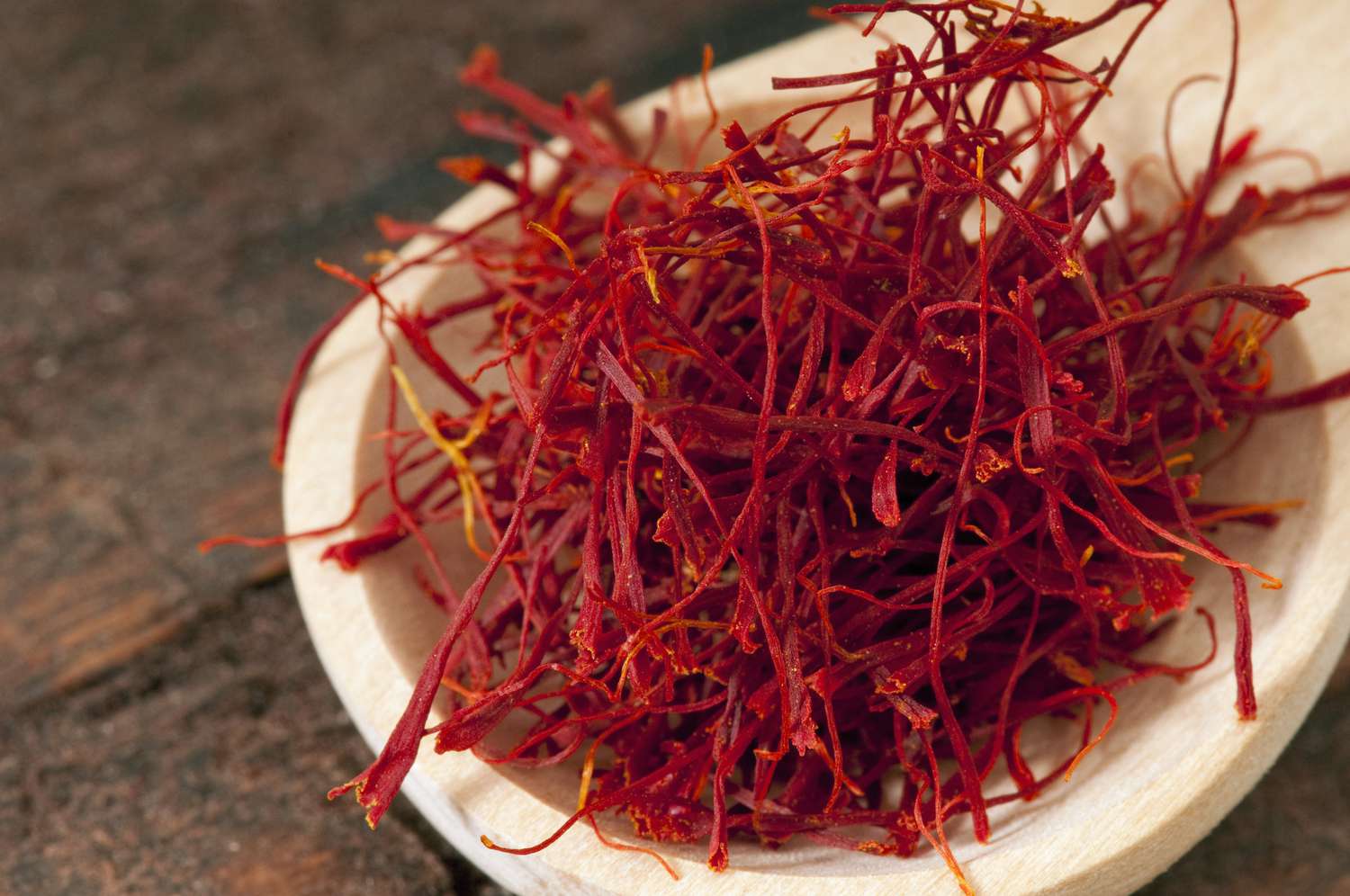
Often hailed as the world’s most expensive spice by weight, saffron is derived from the dried stigmas of the Crocus sativus flower. Its exorbitant price is a testament to the labor-intensive harvesting process, where each delicate thread must be hand-picked. Yet, a little saffron goes a very long way, and its unique flavor and vibrant color justify its cost. Saffron imparts a distinct floral, honey-like, and slightly earthy flavor, along with a beautiful golden hue to dishes.
Saffron is a star in iconic dishes like Spanish paella, Italian risotto alla Milanese, and Indian biryani, where it contributes both its signature flavor and a rich, appetizing color. To maximize its impact, saffron threads should be steeped in a small amount of warm liquid (water, broth, or milk) for about 10-15 minutes before adding to the dish. This allows the threads to release their full color and flavor. Beyond savory applications, saffron can also elevate desserts, pastries, and even teas, adding an elegant and luxurious touch. Its delicate aroma and subtle sweetness make it a versatile spice for both sweet and savory culinary creations.
G. Shichimi Togarashi: Japanese Seven-Spice Blend

Shichimi Togarashi, literally meaning “seven-flavor chili pepper,” is a popular Japanese spice blend that offers a complex symphony of flavors and textures. While the exact composition can vary, it typically includes red chili pepper as its primary component, along with ingredients like roasted orange peel, white and black sesame seeds, Japanese pepper (sansho), ginger, and nori (seaweed). This combination results in a blend that is spicy, savory, citrusy, and subtly umami-rich.
Shichimi Togarashi is a versatile condiment in Japanese cuisine, commonly sprinkled over noodles (udon, soba), grilled meats, and rice dishes. It adds a delightful kick and aromatic complexity to soups, stews, and even eggs. Its balanced profile makes it an excellent finishing spice for almost any dish that could benefit from a touch of heat and a burst of flavor. Experiment with it on popcorn, roasted vegetables, or even as a rub for chicken or fish to introduce a vibrant and intriguing Japanese flair to your cooking.
III. Integrating New Flavors: Tips for Culinary Exploration
Embarking on a journey with underrated spices can be an exciting culinary adventure. To ensure success and truly transform your dishes, consider these practical tips for integrating new flavors into your cooking:
A. Start Small: Experiment with a Pinch
When introducing a new spice, especially one with a potent flavor like asafoetida or Urfa Biber, it’s always best to start small. Begin with a pinch or a quarter teaspoon, taste, and then gradually add more if desired. This cautious approach allows your palate to adjust to the new flavor and prevents you from overwhelming your dish. Remember, you can always add more, but you can’t take it away.
B. Toasting and Grinding: Enhancing Flavor Through Preparation
Many whole spices benefit immensely from toasting before grinding or adding to a dish. Dry-toasting spices in a hot, dry pan for a few minutes until fragrant releases their essential oils, intensifying their flavor and aroma. This technique is particularly effective for spices like Nigella seeds or Grains of Paradise. Once toasted, you can grind them fresh using a spice grinder or a mortar and pestle. Freshly ground spices are always more potent and flavorful than pre-ground varieties, which tend to lose their potency over time.
C. Pairing: Understanding Which Spices Complement Different Ingredients and Cuisines
While experimentation is encouraged, understanding basic flavor pairings can guide your culinary exploration. For instance, sumac’s tanginess pairs beautifully with grilled meats, salads, and yogurt-based dishes, aligning with its Middle Eastern origins. Grains of Paradise, with their peppery and floral notes, can substitute black pepper in almost any dish but also shine in stews and roasted vegetables. Urfa Biber’s smoky sweetness makes it a natural fit for chilis, eggs, and even chocolate. Researching the traditional uses of a spice can provide excellent starting points for your own culinary creations.
D. Storage: Proper Storage to Maintain Potency
Spices are delicate and can lose their flavor and aroma over time if not stored properly. To maintain their potency, store spices in airtight containers in a cool, dark place, away from direct sunlight and heat. Avoid storing them above the stove, as the heat and humidity can degrade their quality. Whole spices generally have a longer shelf life than ground spices. Investing in small, opaque containers can help preserve the freshness and vibrancy of your underrated spice collection.
IV. Health Benefits and Cultural Significance
Beyond their remarkable ability to transform the taste of our food, many underrated spices also carry a rich tapestry of health benefits and cultural significance. For centuries, these aromatic treasures have been valued not only for their culinary properties but also for their medicinal qualities and their integral role in various traditions and rituals.
While this article focuses primarily on their culinary applications, it's worth noting that many of the spices discussed possess properties that extend beyond mere flavor. For instance, sumac is known for its antioxidant properties and has been traditionally used for its anti-inflammatory effects. Grains of Paradise have been studied for their potential digestive benefits and their ability to aid in metabolism. Nigella seeds, often referred to as 'the cure for everything but death' in some traditions, are a powerhouse of compounds believed to support immune health and possess anti-inflammatory and antioxidant effects. Asafoetida, in addition to its digestive aid properties, is also used in Ayurvedic medicine for various ailments. Saffron, beyond its luxurious appeal, is rich in antioxidants and has been explored for its mood-enhancing and neuroprotective qualities. These examples highlight that incorporating a wider variety of spices into your diet can contribute to overall well-being, adding a layer of functional benefit to your flavorful meals.
Moreover, these spices are deeply interwoven with the cultural fabric of the regions they originate from. They are not just ingredients; they are carriers of history, tradition, and identity. The use of sumac in Middle Eastern cuisine, for example, reflects centuries of culinary heritage and regional agricultural practices. The prominence of asafoetida in Indian vegetarian cooking is a testament to ancient dietary philosophies and religious practices. Shichimi Togarashi is a quintessential part of Japanese culinary identity, reflecting a balance of flavors and a meticulous approach to seasoning. By exploring and utilizing these spices, we not only expand our culinary repertoire but also gain a deeper appreciation for global food cultures and the intricate relationship between food, health, and tradition. tradition.
V. Conclusion: Your Culinary Adventure Awaits
In a culinary landscape often dominated by the familiar, the world of underrated spices offers an exciting frontier for exploration and transformation. We’ve journeyed beyond the conventional, uncovering the unique flavor profiles and versatile applications of spices like sumac, Grains of Paradise, Urfa Biber, Nigella seeds, asafoetida, saffron, and Shichimi Togarashi. Each of these unsung heroes possesses the power to elevate your dishes, adding layers of complexity, aroma, and a touch of the unexpected.
From the tangy brightness of sumac to the smoky sweetness of Urfa Biber, and the pungent depth of asafoetida, these spices invite you to step out of your culinary comfort zone. They encourage experimentation, mindful cooking, and a deeper appreciation for the global tapestry of flavors. By understanding their unique characteristics and learning how to integrate them effectively, you can unlock a new level of culinary creativity and impress even the most discerning palates.
The journey of culinary discovery is endless, and the spice rack is a treasure trove waiting to be fully explored. So, arm yourself with a sense of adventure, a willingness to experiment, and a few of these underrated gems. Your taste buds, and your dinner guests, will thank you. Embrace the art of seasoning, and let these extraordinary spices transform your dishes and revolutionize your cooking.



